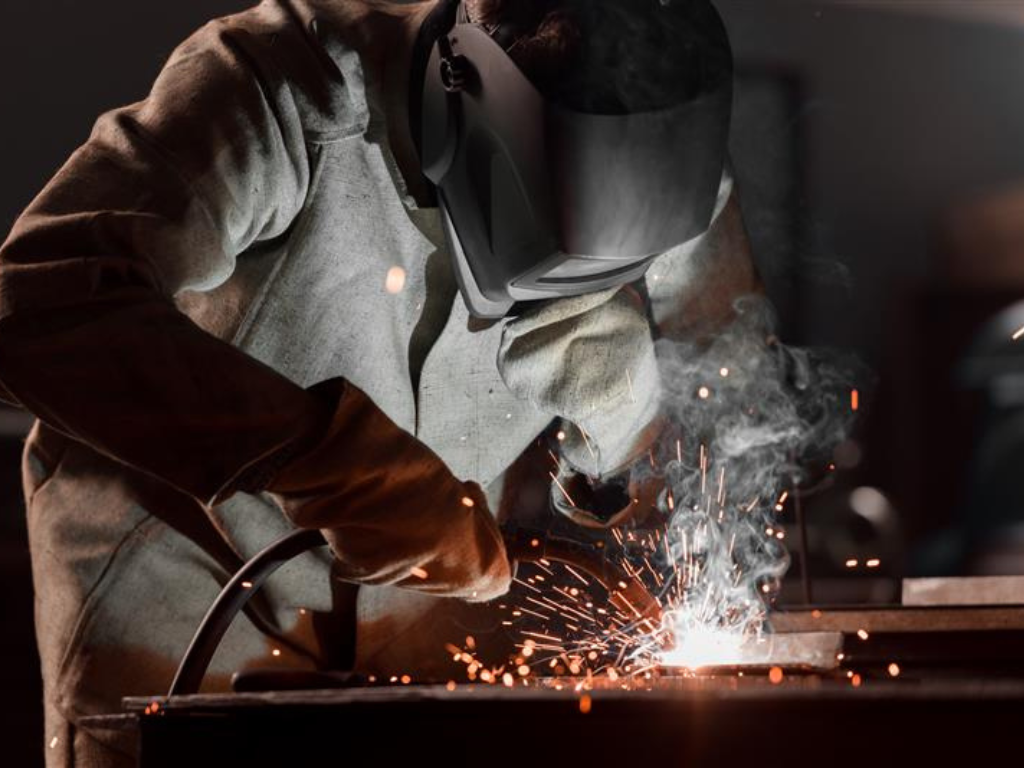Economy

Shining Light on Solar vs. Steel Trade Cases
Written by Tim Triplett
September 25, 2017
Last Friday, the U.S. International Trade Commission ruled that the domestic solar industry has been seriously injured by imports of cheap, foreign-made solar cells. The case was brought by solar panel makers Suniva and SolarWorld under Section 201 of the Trade Act of 1974. The ITC now has until Nov. 13 to make recommendations to President Trump on possible remedies. Under Section 201, the president has the ultimate authority to take whatever action he chooses against solar imports from any and all countries. The administration has until Jan. 12 to decide whether to impose tariffs, quotas or a combination of measures.
“We brought this action because the U.S. solar manufacturing industry finds itself at the precipice of extinction at the hands of foreign market overcapacity,” reads a Suniva statement. “The ITC has agreed, and now it will be in President Trump’s hands to decide whether America will continue to have the capability to manufacture this energy source.”
![]() The solar panel trade case offers an apt analogy for the steel industry. In the case of the solar industry, Suniva and SolarWorld are two of very few solar cell manufacturers left in the United States. As evidenced by the bankruptcies of so many of their peers, their long-term survival is threatened by cheap solar cell imports. In the case of the steel industry, the scenario is not quite as black and white. Many steel companies manufacture many different steel products, from hot roll to galvanized to oil country tubular goods. All of them have been threatened by competition from unfairly traded imports, but to different degrees and at different points in time. They also have seen a shakeout of their weaker peers, but there are survivors in each market segment that continue to be profitable.
The solar panel trade case offers an apt analogy for the steel industry. In the case of the solar industry, Suniva and SolarWorld are two of very few solar cell manufacturers left in the United States. As evidenced by the bankruptcies of so many of their peers, their long-term survival is threatened by cheap solar cell imports. In the case of the steel industry, the scenario is not quite as black and white. Many steel companies manufacture many different steel products, from hot roll to galvanized to oil country tubular goods. All of them have been threatened by competition from unfairly traded imports, but to different degrees and at different points in time. They also have seen a shakeout of their weaker peers, but there are survivors in each market segment that continue to be profitable.
The domestic solar panel industry contends that 8,000 jobs are at risk if the Trump administration does not intervene on their behalf. Likewise, the U.S. steel industry maintains that its employment base of 140,000 workers is continually threatened by unfairly traded steel imports. Both make compelling arguments.
Yet, the influx of the cheap solar panels has sparked a boom in construction of giant solar farms and rooftop panel systems all over the country. There are now more than 240,000 jobs related to the sales and installation of solar panels. Opponents of the Section 201 case contend that tariffs will put at risk far more American jobs than they will save if the price of solar cells spikes and the spread of solar energy slows. High tariffs could eliminate as many as 88,000 of those 240,000 jobs by boosting costs and making many projects uneconomical, they say. (It would also cut demand for steel and aluminum used in solar installations.)
Similarly, opponents of the Section 232 trade case contend that protecting 140,000 steelworker jobs puts at risk the 6.5 million workers employed by steel-consuming industries. Higher steel prices due to new steel tariffs (on national security grounds) could put small manufacturers and fabricators out of business. In recent press reports, Commerce Secretary Wilbur Ross said the Trump administration will probably hold off on a Section 232 decision until after it makes progress on tax reform.
Jeffrey Dorfman, professor of economics at The University of Georgia, wrote in a Sept. 24 Forbes commentary that the solar panels case is the perfect example of protectionism costing more jobs than it saves: “While President Trump may be inclined to, and some of his advisors may recommend, providing protection for American solar panel producers, if he really cares about jobs for American workers, he will allow free trade to continue. It may be easy to see the concentrated jobs at risk at a few solar panel manufacturers, but, as in most trade disputes, far more jobs are at risk in the rest of the economy…. Protectionism more commonly costs our economy more jobs than it saves. This hardly seems like a winning economic policy.”
What does solar’s Section 201 case say about steel’s Section 232? The arguments for and against are very much the same. If the Trump administration closes the door on solar panel imports, can steel tariffs be far behind?
Written by Tim Triplett, Tim@SteelMarketUpdate.com

Tim Triplett
Read more from Tim TriplettLatest in Economy

ISM September survey captures deepening manufacturing gloom
The Institute for Supply Management’s (ISM) latest monthly report on manufacturing reflects a bleak view of American industry in September.

Key industries concerned over government shutdown’s impact on steel, manufacturing
Trade groups cautioned that a prolonged shutdown could strain US industry.

Chicago Business Barometer catches cold winds of contraction in September
The Chicago Business Barometer's September reading indicates a softening in overall business activity in the Midwest for the third consecutive month, with new orders and backlogs retreating further.

Metalforming market sentiment takes a dive in September: PMA
Metalforming manufacturers anticipate a decrease in near-term conditions, according to the Precision Metalforming Association's (PMA) Business Conditions Report for September.

AIA: Architecture firms still under pressure
Architecture firms reported a modest improvement in billings through August, yet business conditions remained soft, according to the latest Architecture Billings Index (ABI) release from the American Institute of Architects (AIA) and Deltek.
